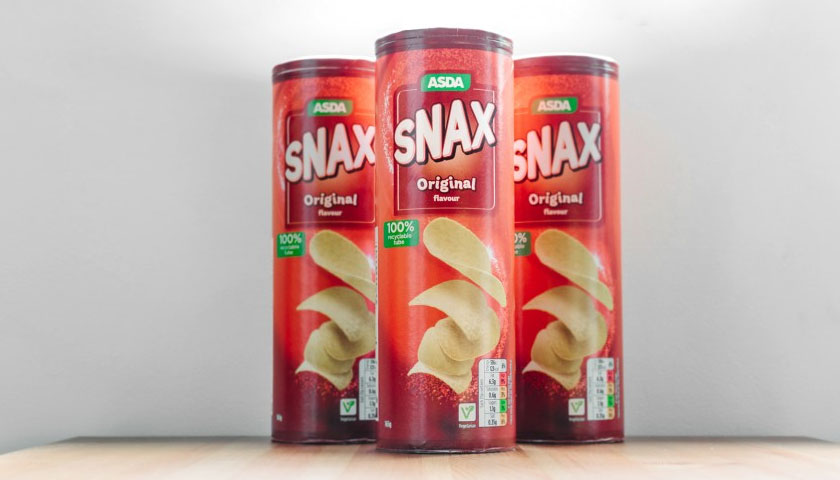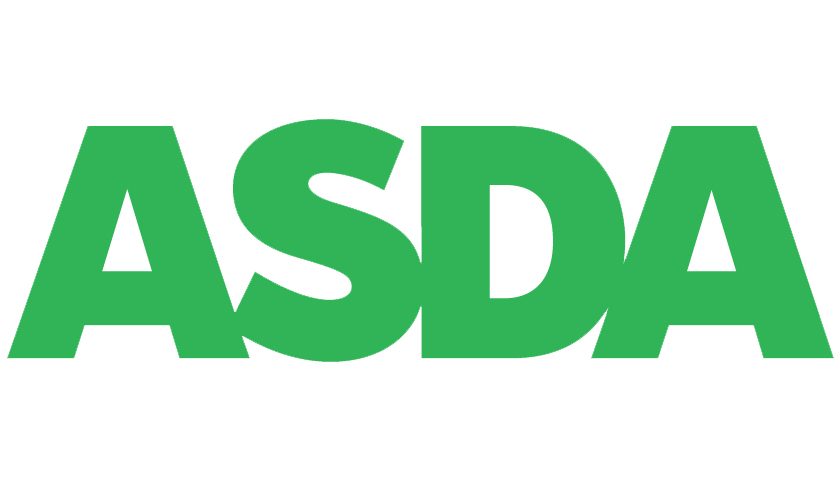Asda has announced that it has become the first UK supermarket to launch a 100% recyclable crisp tube, as it moves its entire own-brand ‘Snax’ range into cardboard packaging.
The move will cut 98.2 tonnes of non-recyclable packaging from Asda’s operations each year, the equivalent of 2.34 million crisp tubes.

Previously made from a mix of foil, metal and cardboard materials, the non-recyclable tube has long been an issue for customers as they have been unable to put it into their recycle bins, however, the new ‘Snax’ packaging means that is no longer the case.
The ‘Snax’ products comes in two varieties, Original and Sour Cream and Onion and customers can now purchase them in store and online.
Fiona Dobson, Asda’s Own-Brand Packaging Development Manager said: “We’re really excited to launch this new packaging as we’ve been continuing to work hard with our supplier to introduce a solution for our crisp tubes that’s easy and simple for our customers to recycle.
“We are passionate about delivering our commitment to customers to use less and recycle more and this move marks the next step in our journey as we strive to deliver a reduction in plastic packaging of 15% by 2021.
“Our customers love this product but we also know they are becoming increasingly more aware about environmental plastic pollution, which is why we have made the decision to change this packaging so they do not have to choose between living sustainably and shopping with ease.”
The supermarket recently announced the removal of plastic forks from its salads and protein bowls, saving an additional 41 tonnes of plastic a year and over 24.5 million plastic forks as it continues its battle again plastic pollution across the business.
Asda stepped on its commitments towards sustainability at the end of last year, committing to reducing own-brand plastic packaging by 15% by 2021 and in addition, reaching 30% recycled content in its plastic packaging by the end of 2020, five years ahead of its original deadline.



